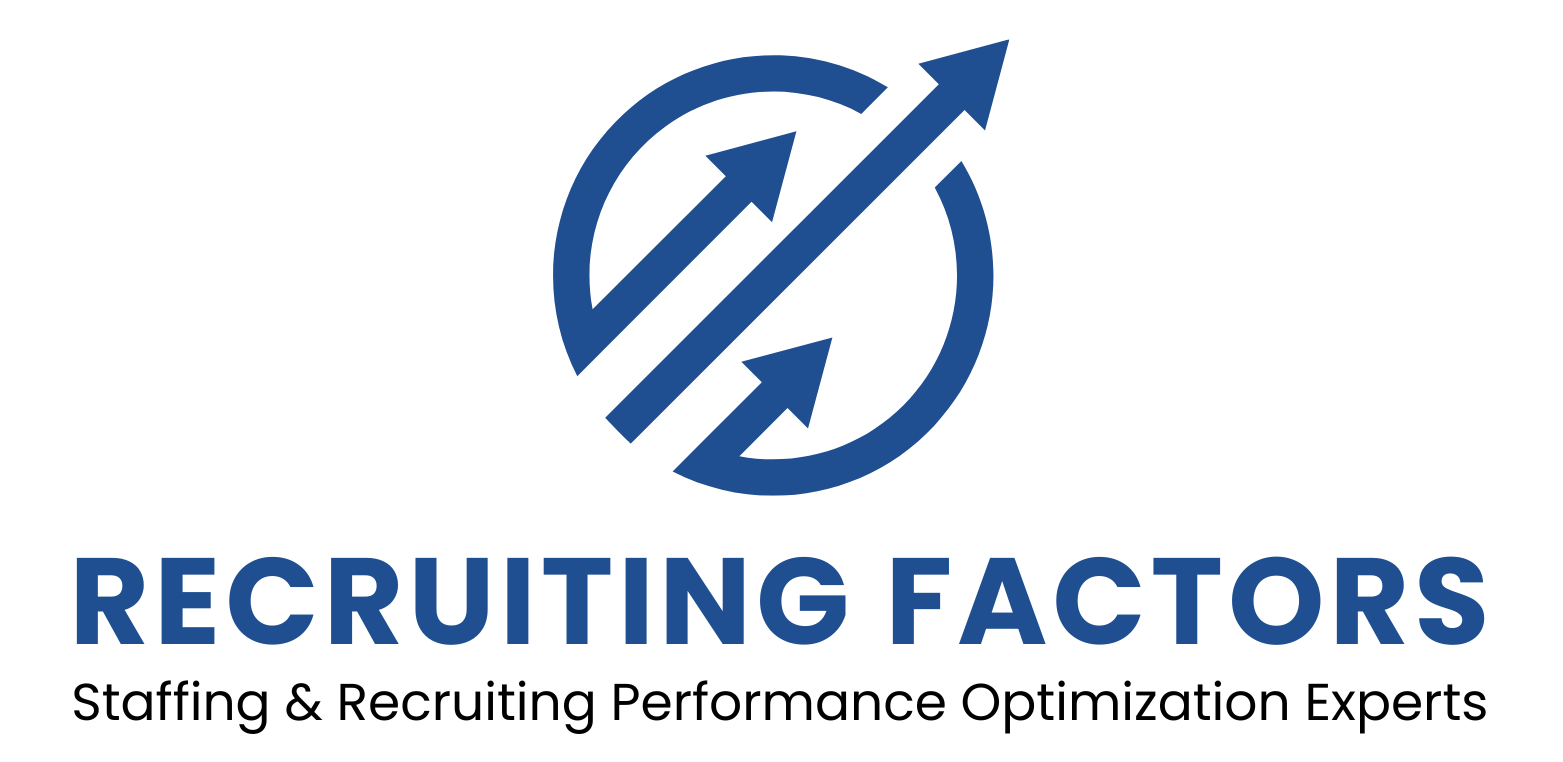Just-In-Time Recruiting Best Practices For Your Staffing Firm
If you were placed in a position at your staffing and recruiting firm to identify all existingworkflowsand processes that are perceived as being bottlenecks in your organization, how would you start your assessment and what could be changed to streamlineworkflows?
Lean development practices have been around since before the 20th century. In fact, Benjamin Franklin once wrote in Poor Richards Almanac that cost reduction could be more profitable than increased sales.
Since then, many methodologies and models havebeendeveloped to streamline and optimize business processes. The Waterfall Model, The Agile Methodology, Total Quality ManagementMethodology (TQM), The Six Sigma Approach and our personal favorite The RecruitmentTotal Quality Management Methodology (RTQM) are just a few recruitment management lean methodologies.
In recruiting, the candidate and customer experience should always be the overshadowing reason for making internalworkflowand process improvements. These changes should ultimately result in the staffing firm making more quality placements, reducing cost-per-hire, increasing recruitment results and decreasing speed-to-market.
Lean recruiting is centered on making obvious what adds value by reducing everything else. Recruiting leadership teams who follow a lean recruiting model have aKazienmindset, which is the practice of continuous improvement, change, long-term commitment from the bottom up, freedom to do it and making mistakes.
What are the Recruiting Best Practicesto scaling profitably and maintaining a lean organization?
1. Remove unnecessary layers:
This process of identifying and removingunnecessaryprocesses, steps or people is at the base of every lean strategy. Doing so helps create a step-by-step recruiting cycle forrunning a highly efficient end-to-end process, starting from when the open job order is received to when the candidates are onboarded. Doing this successfully requires eliminating or changing any processes that are ineffective or wasting time. This can also mean shifting or removing people from positions that provide no value, or in other words, shed some weight.
2. Leverage your currentATS:
The staffing firm’s ability to leverage their Applicant Tracking System (ATS) technology is also a key factor in reducing time-to-fill ratios and streamlining existingworkflows.Buyers of staffing services further compress margins while still expecting the staffing suppliers to meet or exceed candidate quality expectations. If your ATS is not viewed by your staff as a differentiator and they arentleveraging it as mission critical then you are missing out on what the system is actually designed to do.
3. Align actual expectations:
Staffing firm leaders must ensure recruiter expectations are aligned with business goals to maximize each individuals performance and contribution. Constant training of your recruiters is important because they are not a cost center, but a large revenue source for your firm. Your recruiters are equally as important revenue drivers as your sales teamis for your staffing company.
When actionable and repeatable processes are implemented and adopted by the staffing firm to reduce all staffing and recruiting delivery life cycles, the firms top and bottom-line growth will always be positively impacted. Leaving you with a profitable and lean firm.
Interested in learning more about how we can help your firm become a lean, mean recruiting machine? Visit our Maximizing Recruiting Performance Page for innovative technical recruiting strategies.

